What Does a Data Analyst Do? [2023 Career Guide]
![What Does a Data Analyst Do [2022 Career Guide]](png/what-does-a-data-analyst-do-2022-career-guide.png)
In this article
Data analysis is used in almost every field, including marketing, retail, finance, law enforcement, science, government, and medicine. And with the ever-increasing amount of available data, the demand for data analysts is only growing, with an expected growth of 25% by 2030. But what does a data analyst actually do with all that data? Keep reading to find out.
What Is a Data Analyst?
A data analyst studies and interprets data, using these insights to help their organizations make better decisions and perform more effectively. They use critical and analytical thinking skills to ask the questions that need to be answered, find the data sets that can provide those answers, prepare and interpret the data, and then communicate their findings.
What Does a Data Analyst Do?
Data analysts have different job duties, depending on their industry, but all data analysts start by mining and organizing data. Data analysts use the data analysis life cycle, which begins with discovery and ends with deploying models based on their findings. They start with raw data, determine what is meaningful and irrelevant, and then process the meaningful data to uncover patterns and trends.
Discovery
In the discovery process, the data analytics team learns about the problem they’re trying to solve, and may consult relevant experts to understand the problem at hand better. Then, they’ll determine what relevant data sources are available. At this point, they may work with data scientists to create new ways of capturing the data they need.
At this stage, they’ll determine how their organization will benefit from the available data, and what story they want to tell with it. Then, they’ll formulate a hypothesis they can test with data.
For instance, a data analyst working in healthcare may want to understand the risk factors associated with an opioid overdose. In the questioning phase, they will evaluate which data sets would best show those patterns, and how to access them. They would also consider what tools they’ll need. The analyst might hypothesize that some preexisting conditions are a risk factor for opioid overdose and outline a plan for testing that hypothesis.
Collecting and Gathering Data (Data Preparation)
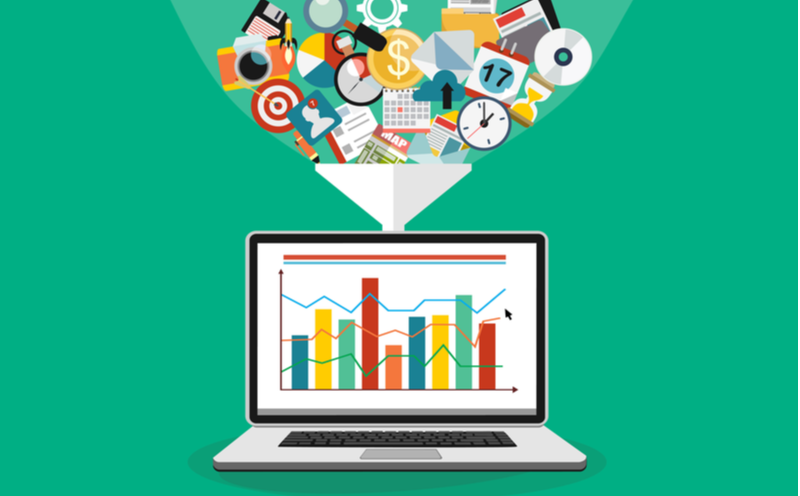
In the data preparation phase, the focus shifts to the data itself. Data analysts determine what data is available to them and gather it from a variety of sources, including:
- Data entry: Manually entering data or using digital systems to collect data
- Data acquisition: Collecting data from external sources
- Signal reception: Collecting data from digital devices, such as control systems and smart devices
For example, healthcare analysts might collect data from insurance claims, death certificates, and arrest records.
Data Cleaning
Data cleaning is the process of readying data for analysis by removing or fixing incomplete, inaccurate, corrupted, duplicated, or incorrectly formatted data. Cleaning data is essential when combining multiple data sources because there is a high chance that there might be duplicates.
Cleaning data includes the following steps:
- Remove duplicate or irrelevant data
- Fix structural errors
- Get rid of irrelevant outliers
- Decide how to handle incomplete data
- Validate the data
In the case of the healthcare analyst, they would remove data from duplicate claims or errors, and exclude irrelevant data, such as arrest records for crimes that didn’t involve opioids. They may drop incomplete data or input missing values based on corresponding data.
Data Analyzing
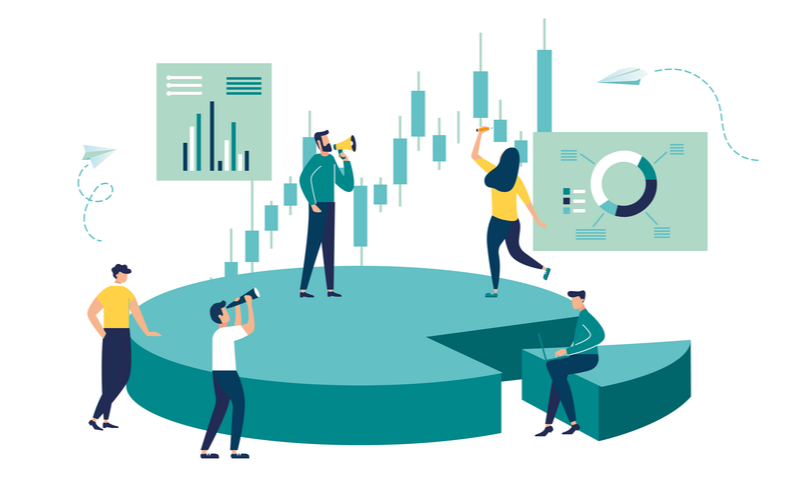
At the analysis stage, data analysts identify patterns and test hypotheses through planning and building models. These models are used to determine relationships between key variables and are tested to see if they conform to the data set.
In analyzing opioid overdose data, the analyst will run models and use visualization tools to show how different variables, such as underlying conditions and medication usage, correlate to opioid overdoses.
Data Interpreting
During the interpretation phase, data analysts make sense of their data by uncovering patterns and trends that help answer the questions formulated in the discovery phase. The healthcare analyst, for example, may discover that several preexisting medical conditions are positively associated with opioid overdose. Doctors might then be able to use a screening tool to determine which patients are at higher risk of overdosing.
Sharing Data Insights
Data analysis is a highly technical field, and laypeople often need help understanding the results. So it’s important that data analysts can communicate and summarize their key findings. This can be done through data visualization tools, reports, and presentations. The healthcare analyst might give a presentation that starts with a graph demonstrating how each preexisting condition correlates with opioid overdoses, and might expand upon this with a written report.
Operationalizing
Lastly, data analysts have to operationalize their findings. This involves using data analysis and implications to test a pilot project before fully rolling it out. This test will uncover any performance or constraints on a small scale.
In the example above, the data analyst may develop a screening test for doctors to predict which patients are at risk for opioid overdose. They may provide the screener to doctors in a particular medical system before they make it widely available, so they can solicit feedback and refine it.
Data Analyst Job Description
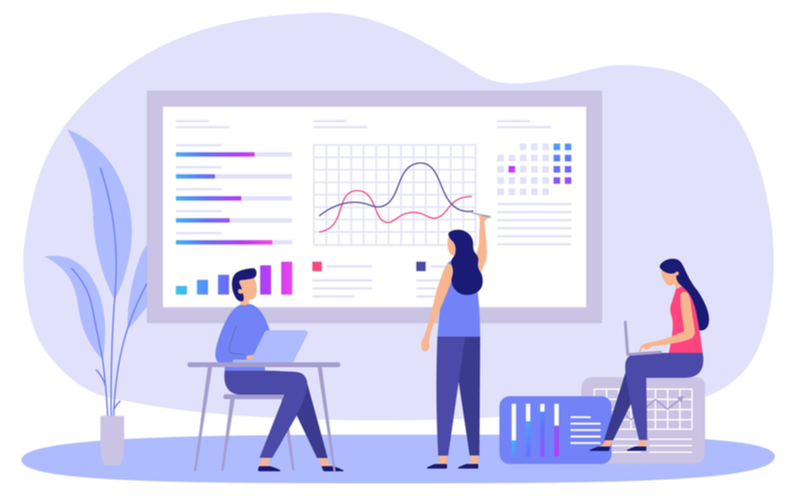
Data analysts provide actionable data-driven insights. The scope of this job is wide-ranging, and can include anything from predicting which advertisements convert the most customers, to preventing accidental drowning. The particulars will vary based on the industry and company a data analyst works for, but the skills and qualifications are similar across all positions.
Data analysis is a technical field that requires a high degree of education and training. In addition to having a bachelor’s degree at minimum, or its equivalent in theoretical and technical knowledge, analysts should have the following hard and soft skills:
Hard Skills for Data Analysts

Statistics and Mathematics
Statistics is the heart of data analysis. It’s at the core of the algorithms used to gather, review, analyze, and interpret data. Data analysts also need a firm understanding of algebra, calculus, and discrete mathematics to build the models required to analyze data.
Programming language expertise
Python and R are the two most commonly used programming languages in data analysis. Although you probably won’t have to build many original programs as a data analyst, you will need to understand and deploy packaged algorithms in R or Python.
Data visualization
Data visualization can be as simple as an auto-generated Excel pie chart, or as elaborate as an interactive Tableau dashboard. Tableau is a popular data visualization tool, but there are many others. Data visualization is essential for communicating your findings effectively, no matter which tool you use.
Database knowledge
You’ll need to build and maintain a database that’s accessible yet secure. SQL is the primary tool you’ll use when working with large databases.
Familiarity with data science and machine learning
Data scientists design and construct new processes for data modeling. While you won’t be expected to do that, you will need to be familiar with the process to work with data scientists effectively. Data scientists also use machine learning to automate analytical model-building, so you’ll need to understand the capabilities and limitations of those models.
Get To Know Other Data Analytics Students
Rahil Jetly
Sales Operations Manager at Springboard
Sarah Savage
Content Data Analyst at EdX
Reagan Tatsch
Data Operations Manager at ISS
Soft Skills for Data Analysts
Data storytelling
Data storytelling is the ability to convey the insights and predictions from your data using a compelling narrative and visualizations. Charts and graphs may convey information, but if you want people to remember and care about it, you need to tie it all together with a story.
Collaborative nature and leadership skills
Data analysts collaborate with experts, managers, data scientists, programmers, and IT teams. So you’ll need strong communication and leadership skills to facilitate this collaboration.
Problem-solving
Data analysts solve problems. Approaching data problems with a design-thinking mindset can help you expand your thinking and find new solutions.
Critical thinking
Critical thinking is involved in all stages of data analysis, from forming the right questions to analyzing the data, to sharing your findings. Large data sets can uncover all kinds of unintended and irrational correlations. Critical thinking skills will help you decide which correlations are significant, and which ones are spurious.
Data Analyst Salary
According to Payscale, the average salary for data analysts is $62,723, though it varies by experience:
- Entry-Level Data Analyst: $57,372
- Mid-Level Data Analyst: $70,227
- Senior-Level Data Analyst: $74,126
Data Analytics Tools You Should Know
Data analysts use a variety of tools to collect, transform, and analyze data. Some of the tools they use most frequently include:
Microsoft Excel
This universal spreadsheet program can be used with smaller data sets, or can perform preliminary data analysis. While most big projects use more powerful tools, data analysts routinely use Excel. Excel is suitable for a general overview of data before using more specialized tools such as SQL.
Related Read: 65 Excel Interview Questions for Data Analysts
SQL
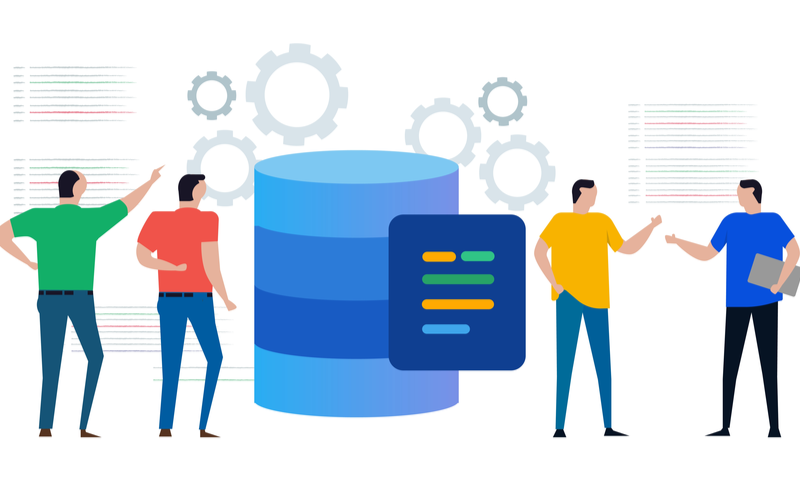
SQL stands for Structured Query Language, and you can use SQL to store, manipulate, and retrieve data from a database. SQL databases can handle much more data than spreadsheet programs. It manages and organizes data in systems that contain various data relationships.
R or Python
R and Python are both open-source languages that are well-suited for data analysis. There’s a vigorous debate about which is better, but each has its strengths and weaknesses. Python is a general-purpose, readable language that is one of the most popular programming languages in the world. Python includes several libraries that support data science and machine learning tasks, including:
- NumPy for working with large dimensional arrays
- Pandas for data manipulation and analysis
- Matplotlib for data visualization
- Scikit-learn, Keras, and TensorFlow for machine learning
R is not as popular and widely used as Python, but is optimized for statistical analysis and data visualization. It contains complex data models and tools for data reporting. The Comprehensive R Archive Network (CRAN) includes over 13,000 packages for deep analytics. R was built by statisticians and is mainly used for statistical analysis, while Python is useful for more general data handling.
SAS
SAS stands for Statistical Analytics Software. It retrieves, reports, and analyzes statistical data by running SQL queries and automating tasks with macros. Unlike R and Python, SAS is proprietary software. Some advantages of SAS include:
- A simple syntax that can be learned without prior programming experience
- Ability to handle large databases
- Error log that helps with debugging
- Easily test and analyze algorithms
- Enhanced security prevents extraction without a license
Tableau
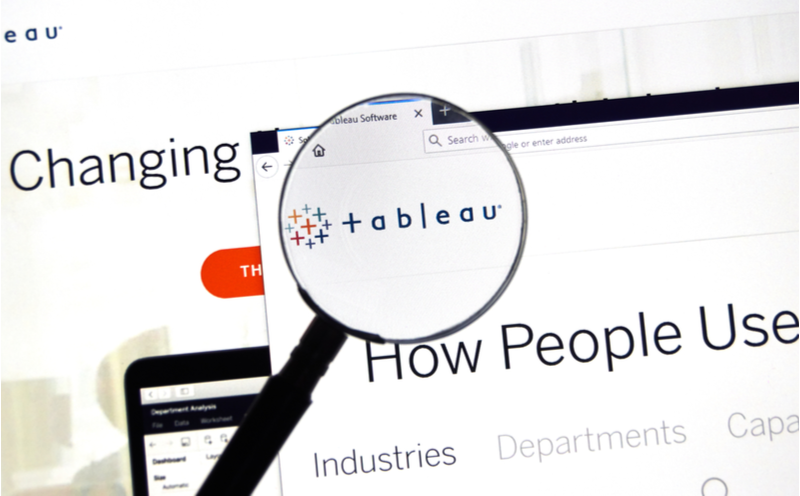
Tableau is the leading data visualization tool. It goes far beyond generic graphs and charts, allowing you to create interactive maps, dashboards, and stories for analyzing data. Tableau encourages data discovery and explorations. You don’t need to be able to program to use Tableau, and you can combine data sets to create a report. Tableau is available in a variety of different formats with different features. Tableau’s free options include:
- Tableau Public: Allows anyone to download your files and workbooks
- Tableau Reader: A desktop app that lets you view and interact with reports
- Tableau Mobile: Allows you to check data and reports on the go and view interactive previews
Tableau’s paid versions include:
- Tableau Desktop: Store your reports, dashboards, and stories locally or publicly
- Tableau Server: Used to share workbooks across teams
- Tableau Online: Hosted on the cloud and allows you to connect to cloud databases
Microsoft Power BI
Microsoft Power BI is another data visualization and business insight tool. Like Tableau, it helps you perform data analysis, manipulation, and visualization. Power BI is easy to learn and less expensive than the paid versions of Tableau. However, Tableau offers more functionality and works better with larger data sets.
Jupyter Notebook
Jupyter Notebook is an open-sourced web-based platform ideal for performing exploratory data analysis. It supports over 40 languages but is most often used with Python. You can combine inputs and outputs into a single document that contains:
- Visualizations
- Statistical modeling
- Mathematical equations
- Narrative text
Jupyter Notebook makes collaboration simple because it allows all users to develop, visualize results, and add information.
How To Become a Data Analyst

There are many routes to becoming a data analyst, but all routes have some commonalities. By taking the following steps, you’ll be launching a new career as a data analyst:
Build Your Foundation
A bachelor’s degree in statistics, computer science, math, or information technology is a solid foundation for a data analyst. However, many people are pursuing an alternate path through bootcamps or data analyst certifications. Most of these courses start with technical skills and languages such as SQL, Microsoft Excel, R, or Python. It’s also possible to learn on the job if you’re working in a complementary role such as IT.
Grow Your Skills
Start by mastering the tools listed above. But it’s also important to understand your industry. If you want to work in finance, you’ll have an advantage if you have a business background.
There are a lot of niches within data analysis, so if you want to specialize, focus on learning those skills. For example, many large organizations have data analysts who only do data visualization.
Create a Portfolio
A portfolio is the best way to demonstrate your data analysis skills. You can start with your own projects, but it’s important to demonstrate your ability to solve real-world problems and work as part of a team. Doing freelance work or volunteering with an organization can help you get the experience that hiring managers are seeking.
Apply for Entry-Level Roles or Complementary Jobs
Once you’ve honed your skills and readied your portfolio, start applying for entry-level data analyst jobs and brush up on the potential interview questions. Seek out leads from your network, and keep your professional profiles updated. You may have better luck finding a complementary job where you can put your data analysis skills to work, then move laterally.
Data analysts provide important insights into human behavior that help organizations make better decisions. It’s a rewarding, highly paid, and highly in-demand field. By following the step-by-step data analysis life cycle process and working with programming languages and tools, data analysts can spot hidden patterns, trends, and correlations.
Organizations and businesses in all industries rely on data analysts to make key decisions such as:
- What products to develop
- Which markets to enter
- Which investments to make
- How to target customers
- How to improve product safety and efficiency
You can train to become a data analyst during college or via one of the leading data analytics bootcamps. Either route will teach you the skills and tools you need to uncover the secrets of big data and use them in smart and efficient organizational strategies.
FAQs About Data Analytics
Can a College Freshman Become a Data Analyst?
Most data analyst jobs require a college degree or the equivalent in knowledge and experience. It would be hard for a first-year university student to obtain that education and skill level.
Do You Need a Degree To Become a Data Analyst?
Most entry-level data analyst jobs list a bachelor’s degree or equivalent as a requirement. However, it’s possible to become a data analyst through online certification programs or bootcamps, particularly if you have a degree or experience related to the industry you want to work in. For instance, if you have work experience as a biologist and want to work as a data analyst, your experience will give you a competitive advantage. If you don’t have a degree, your portfolio and resume will be even more important for demonstrating your skills.
Do Data Analysts Code?
Data analysts do code, although they don’t do the same type of coding as software developers. Data analysts need to understand and use libraries in R or Python for running statistical analysis. They also use SQL to manage, manipulate, and analyze large databases. Many data analysis tools require some coding, such as Jupyter Notebook and SAS.
To be marketable as a data analyst, you should be familiar with the major data-related libraries in Python and R. You won’t need to build machine learning models, but you should have a rudimentary understanding of how they work.
Since you’re here…
Interested in a career in data analytics? You will be after scanning this data analytics salary guide. When you’re serious about getting a job, look into our 40-hour Intro to Data Analytics Course for total beginners, or our mentor-led Data Analytics Bootcamp—there’s a job guarantee.





